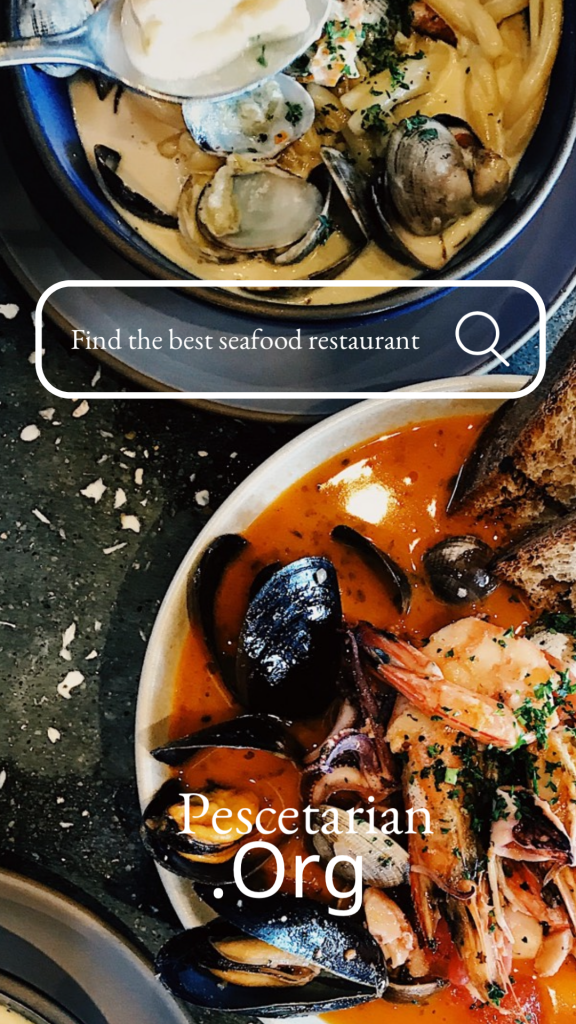What are the best programmatic advertising platforms? Here are 7 of the top programmatic software platforms to help you drive…
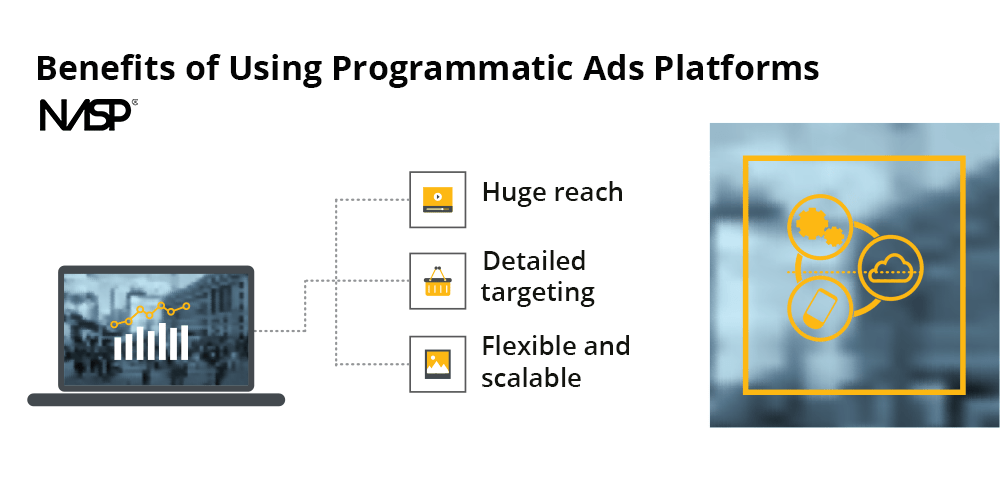
7 Best Programmatic Advertising Platforms to Use in 2022
What is programmatic advertising?
Programmatic advertising is the use of software to buy digital advertising. While the traditional method includes requests for proposals, tenders, quotes, and negotiation, programmatic buying uses algorithmic software to buy and sell online display space. This is a sophisticated way to place advertising, it uses traffic data and online display targeting to drive impressions at scale which results in a better ROI for marketers. It can also yield great results for both small businesses and global brands.
The landscape of programmatic advertising and how it improves the efficiency of the online ad buying process is rapidly changing due to advancements in technology and economic conditions. There is software to manage these buys for you, I will get into that a little later in this article.
Publishers, help maximize advertising revenues by auctioning ad space to millions of advertisers worldwide. For advertisers, they expand reach and leverage data to target very specific audiences.
On a global scale, programmatic ad spending hit an estimated $129 billion in 2020.
What Are Programmatic Ad Platforms?
Programmatic ad platforms provide a real-time marketplace for buying and selling ad space. They link the millions of publishers to the marketers looking to place strategic ads across the internet.
All of this happens instantly:
1. A visitor arrives on a website.
2. The publisher captures the impression and relevant data on the website visitor.
Advertisers bid on the impression. The highest bidder places their ad.
Powerful software working in the background is needed to make all this work. This is where programmatic ad platforms come in. The types of platforms are broken down into four categories: demand-side platforms, supply-side platforms, ad exchanges, and data management platforms.
Brands and agencies use a demand-side platform (DSP) to determine which impressions to purchase and how much they will pay. Publishers use a supply-side platform (SSP) to sell their ad space. When a visitor lands on a page, the data from both platforms are used to determine which ads will be served in real time.
Here’s how programmatic advertising works:
The supply-side platforms work for the publishers, collecting data and serving it to the ad exchanges. A prospect visits a website that contains programmed ads. The ad exchanges then serve this visitor information to demand-side platforms that work on behalf of advertisers, creating an auction for each ad impression. Collecting data on each ad impression allows publishers to sell ad space to the highest bidder, and allows advertisers to be extremely targeted with their advertising
Why do advertisers love programmatic ad platforms?
- Detailed Targeting
- Huge Reach
- Efficiency
- Flexible & Scalable
Among the many benefits is the most crucial benefit, which is the ability to scale. The best programmatic advertising platforms give you instant access to millions of publishers around the world, allowing you to reach your target audience wherever they are located.
When you work with a programmatic ads platform, you’re able to set specific parameters for where you serve ads and who you serve them to. This is a huge advantage.
Over 70% of marketers believe audience targeting is the most effective tactic for programmatic advertising.
Types of Programmatic Ads
There are 7 key types of programmatic ads:
1. Display ads: Ads placed in the header, footer, and sidebar of a publisher site.

2. Video ads: These ads typically appear in a YouTube video, or on a new website such as CBS News.
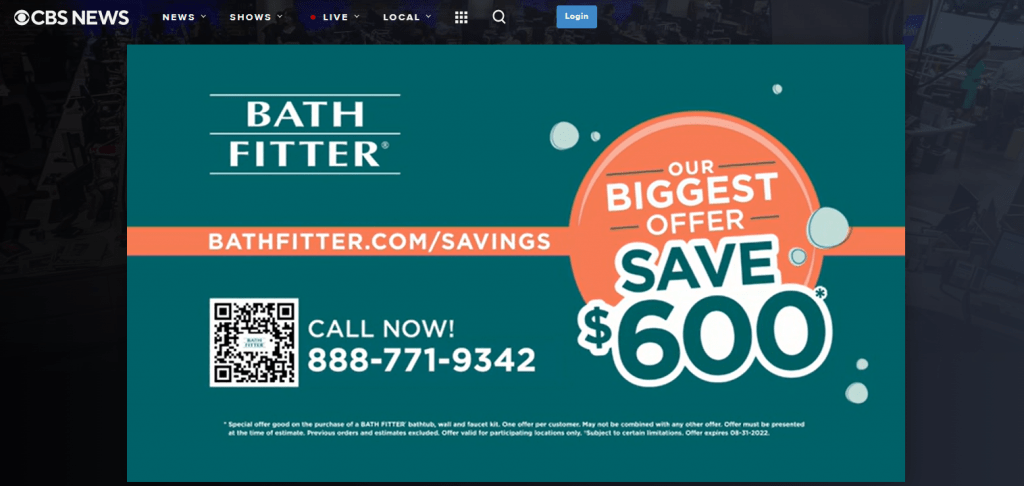
3. Social ads: Ads that are automatically served on social media using the platform’s data.

4. Native ads: These are ads that follow the form of the content they’re shown in, for example, ads found in content-related articles such as medical websites, or a promoted product on Amazon.
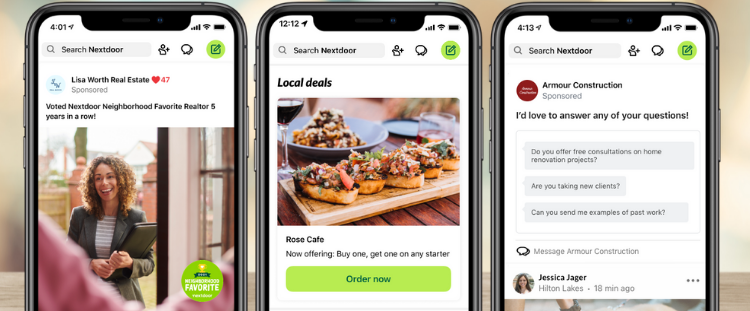
5. Audio ads: These are usually served in audio content such as podcasts.
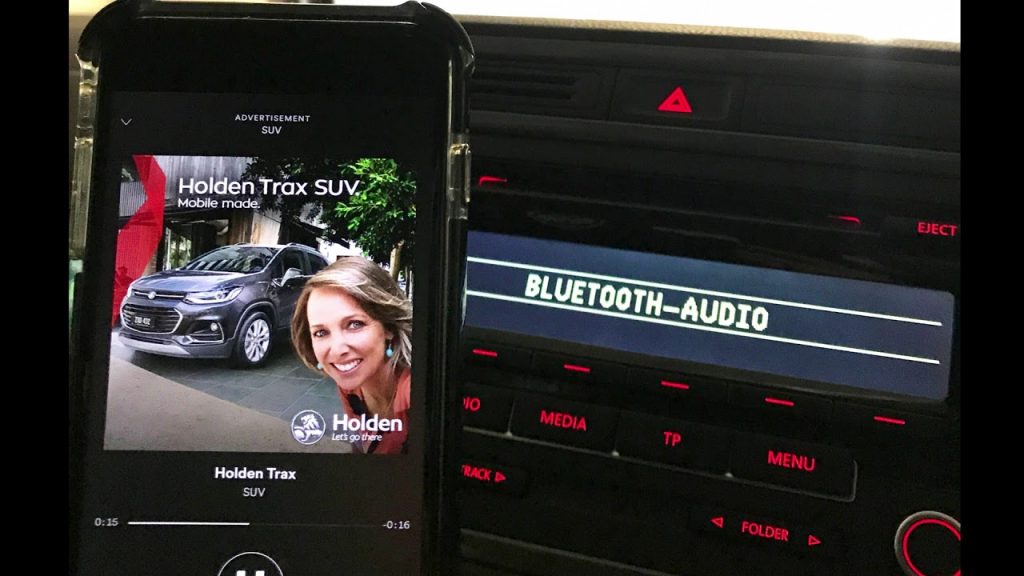
When shown on a publisher site, all of these types of programmatic ads tend to be referred to as “display ads.” Most advertisers look to use a mixture of these ad formats, but you can adapt your approach to fit your target audience.
Here Are The 7 Best Programmatic Advertising Platforms
Programmatic advertising is everywhere and nearly every advertiser is using it – even if they don’t realize it. While a media buyer or paid search manager might be drawn to a few well-known big players, there are lots of programmatic advertising platforms out there, each with its own specialties.
A quick look at the 7 best software:
1. Google Ad Manager can help you manage your ad business and grow your revenue in any industry.
2. MediaMath launched in 2007, MediaMath is recognized as one of the earliest DSPs in the industry. Today, it partners with over 3,500 advertisers to help them run omnichannel campaigns across mobile, display, OTT, video, display, audio, and more.
3. AdRoll is powered by 15 + years of data collected from working with over 120,000 brands. It’s quick to set up and easy to use, offering high-quality ad templates to help you get started immediately.
One of the key benefits of AdRoll is its solid audience targeting, with options for contextual, lookalike, demographic, and interest-based campaigns.
The platform focuses on helping brands expand their reach through video, social ads, display, native, email, and more. Recognized as a leader in the Gartner Magic Quadrant for Ad Tech, AdRoll uses a broad spectrum of data to determine ad delivery.
4.PubMatic features include a private marketplace of high-quality ad inventory, a wide range of ad formats and channels, powerful real-time analytics, and fraud-free program refunds to protect against fraudulent activity.
With over 1.2 trillion ad bids per day, PubMatic is certainly popular, and its excellent supply of high-quality ad spots is frequently cited.
Supported Ad Inventory: CTV, OTT, display, video, addressable, mobile, native, and more
5. Adobe Advertising Cloud specializes in connected TV, video, display, native, audio, and search campaign ads to offer advertisers a complete solution. With a focus on people-based marketing and inventory management, it’s a great tool to maximize return on your budget.
The user interface does take some learning, but once you get the hang of it, it’s a great platform to help you maximize your return on ad spend.
Supported Ad Inventory: Display, video, audio, mobile apps, Digital out of Home (DOOH), TV, native, and social
6. The Trade Desk is a Media Buying Platform built for the Open Internet to advertise to audiences worldwide. The Trade Desk helps you grow your brand anywhere by leveraging the data.
The Open Internet lets you use data to grow your audience across a wide range of websites, apps, and podcasts and more-comparing performance openly and objectively. The inclusion of the Open Internet has made The Trade Desk more powerful, data-driven, and ready for advertising from day one. The intelligent campaigns by The Trade Desk include planning and buying media, activating data, and customizing with APIs.
What sets the Trade desk apart from its peers and counterparts in the industry is its access to dedicated experts, making the data available for everyone to benefit.
7. Criteo is a Supply-Side platform that helps Build, Scale, and activate first-part audiences with the Commerce Media Platform. The platform has an enabled AI Engine for lookalike Audiences, product recommendations, Dynamic Creative Optimization, and Predictive Bidding.
Criteo also provides shopper graphs for advertisers and publishers to understand their target audience better and an easy and fast ad platform to set up while also offering complete control and transparency.
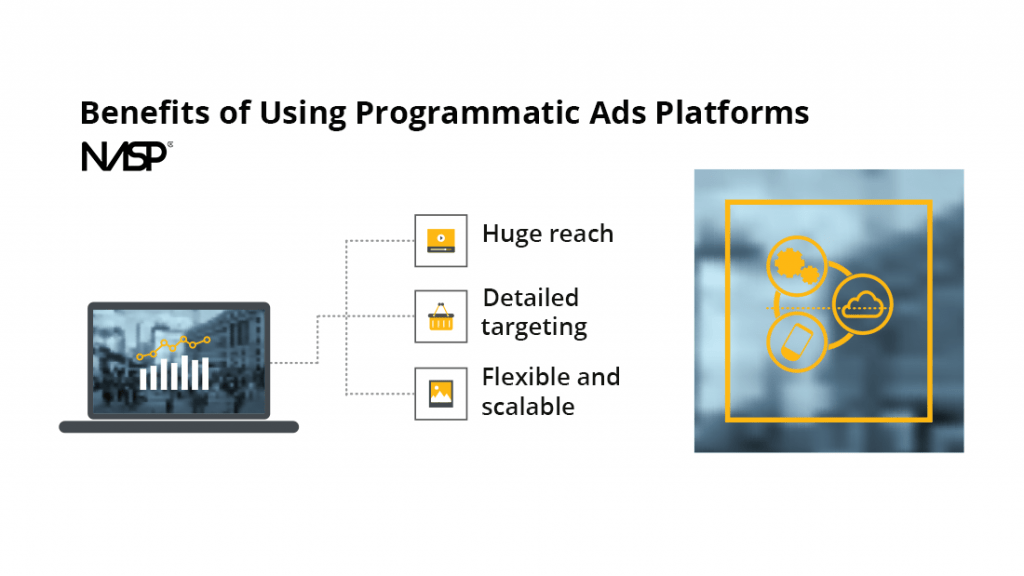

What are the best programmatic advertising platforms? Here are 7 of the top programmatic software platforms to help you drive…
